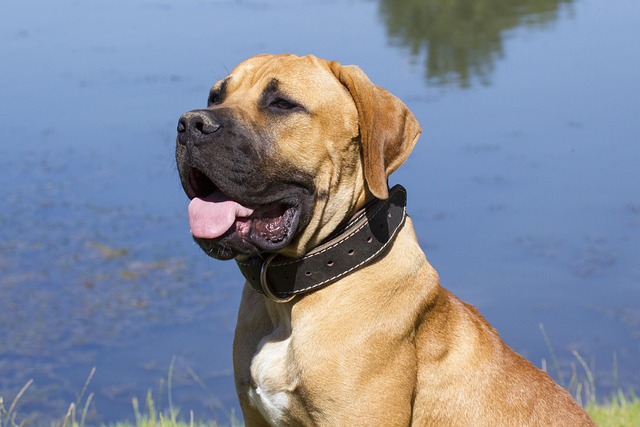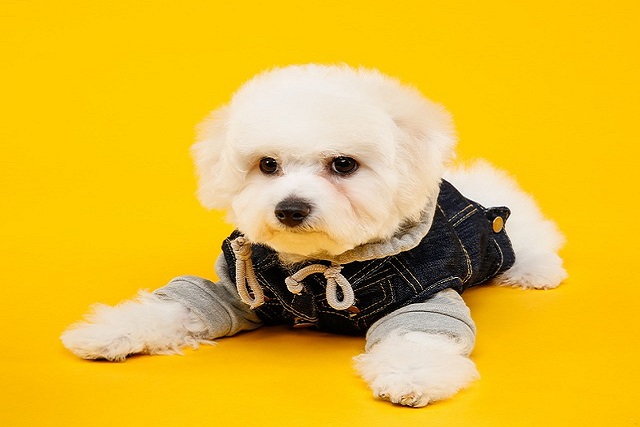
How do I start my dog on agility training?
The idea of watching your dog leap, weave, and race through an agility course is exhilarating. But before you dive in, it’s essential to understand the journey ahead,
If your dog's big, pleading eyes while you're eating make you cave and share your meal, you're not alone. But giving in to those puppy dog looks teaches your furry friend that begging works—and it can lead to unhealthy weight gain or digestive issues if they scarf down human food. Breaking this habit takes consistency, but with these strategies, you'll enjoy peaceful meals again.
First, understand why dogs beg. Their highly sensitive noses detect food aromas from across the room, and evolution wired them to scavenge. When you share snacks from your plate, you reinforce this instinct. It's crucial to recognize that table scraps aren't just treats; they can be dangerous. Many common foods like chocolate, onions, and grapes are toxic to dogs, and high-salt or fatty items can cause pancreatitis. Always double-check the ASPCA's list of hazardous foods to keep your pet safe.
The most effective solution starts at mealtime: establish clear boundaries. Instead of feeding your dog while you eat, create a routine where they finish their meal before you sit down. If they approach during your dinner, firmly say "no" and gently guide them to their bed or crate using a leash if needed. Avoid eye contact during this—dogs interpret looking at them as encouragement. Over time, they'll learn that approaching the dining area during human meals won't yield rewards.
 Positive reinforcement plays a huge role. When your dog stays in their designated spot while you eat, immediately praise them with excited words and a small, healthy treat. This trains them to associate good behavior with rewards. You can also use puzzle toys filled with their regular kibble to distract them during your meals. These mental exercises keep their minds busy and curb boredom-induced begging.
Positive reinforcement plays a huge role. When your dog stays in their designated spot while you eat, immediately praise them with excited words and a small, healthy treat. This trains them to associate good behavior with rewards. You can also use puzzle toys filled with their regular kibble to distract them during your meals. These mental exercises keep their minds busy and curb boredom-induced begging.
Family members must be on the same page. If one person sneaks food under the table, all your training efforts go to waste. Have a household meeting to set rules and remind everyone that "just a bite" reinforces the problem. It helps to explain the health risks involved—nobody wants to see their beloved pet sick from a well-intentioned treat.
For stubborn beggars, try desensitization techniques. Sit at the table with an empty plate and ignore your dog if they approach. When they lose interest and walk away, offer praise and a treat. Gradually add food to the plate over several sessions, rewarding calm behavior each time. This teaches them that the presence of food doesn't mean they'll get any.
Remember, patience is key. Breaking an established habit can take weeks, and it's normal for setbacks to occur. If your dog reverts to begging, don't scold them—simply redirect their attention to an appropriate activity. With consistent training and a bit of tough love, you'll both enjoy more relaxed mealtimes.
Finally, consult your vet if excessive begging persists. Sometimes, sudden changes in appetite signal underlying health issues like diabetes or thyroid problems. Your vet can rule out medical causes and offer personalized advice to address behavioral concerns. With the right approach, you and your dog can coexist happily—even during dinner.

The idea of watching your dog leap, weave, and race through an agility course is exhilarating. But before you dive in, it’s essential to understand the journey ahead,

Deciding to bring a Yorkie into your home means embracing a tiny bundle of energy and charm, but it also raises an important question: how straightforward is potty training?

Bringing home a new puppy is an exciting adventure, but it also comes with the big question: What is the first thing you should train your puppy?

Imagine you’re at Seattle’s Green Lake Park with Luna, your energetic Shepherd mix. She spots a duck and lunges, choking herself on the collar.

Teaching a 2-year-old dog to fetch might seem challenging, but it’s a rewarding way to bond and keep your furry friend active. Fetch isn’t just a fun game—it provides mental stimulation and physical exercise, essential for a healthy dog.

You’ve read all the articles, stocked up on premium treats, and patiently clicked and rewarded your new rescue pup, Charlie.